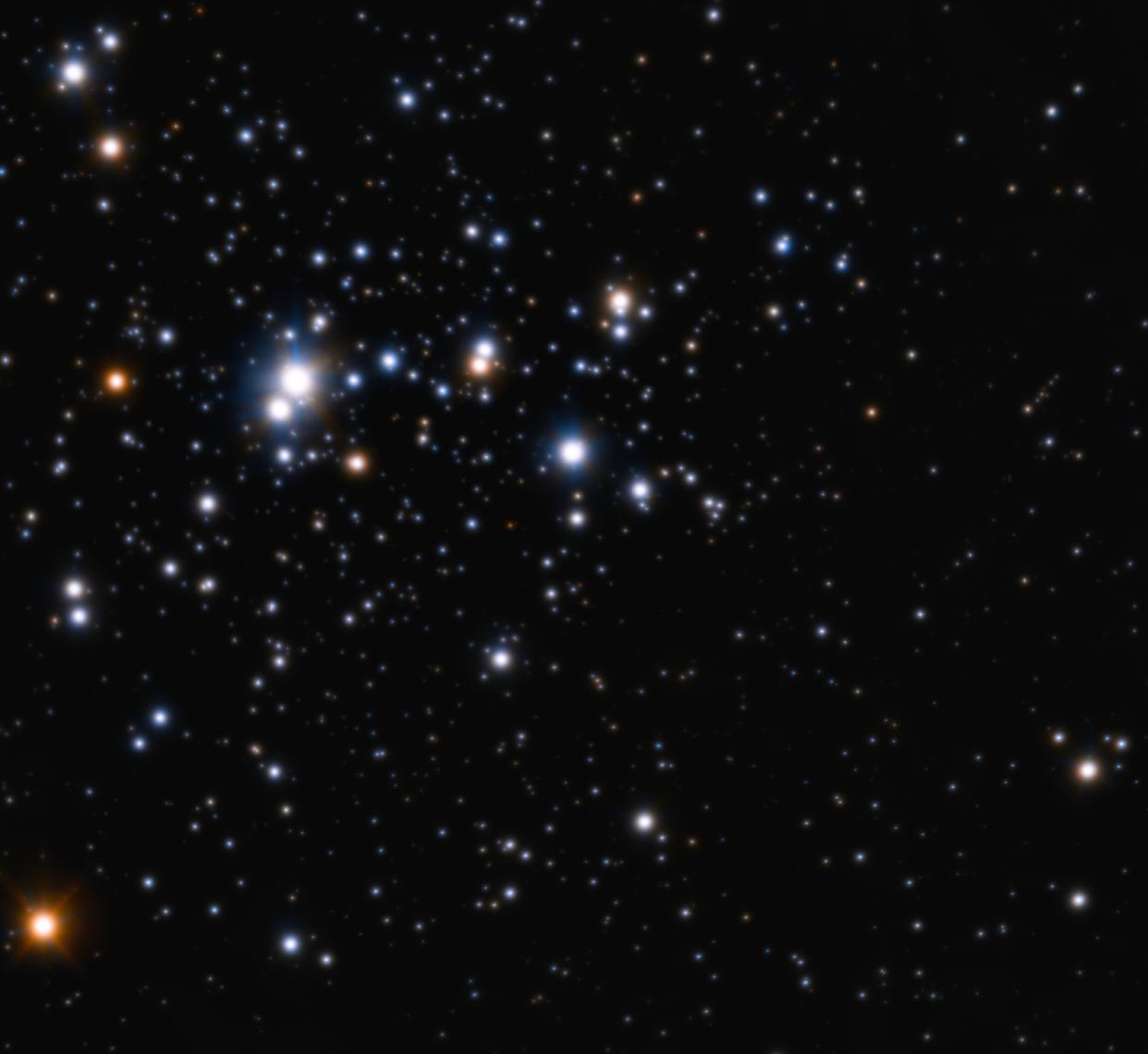Astronomers find our Sun’s ‘long-lost twin’ (and it might just harbour life)

Astronomers have found what they believe to be a ‘twin’ or our sun – a ‘solar sibling’ which formed in the same cluster as our parent star around 4,6 billion years ago.
The stars in the cluster have disbanded and scattered through our galaxy, making them extremely hard to track down, the researchers say.
Researcher Vardan Adibekyan of the University of Porto said, ‘Since there isn’t much information about the Sun’s past, studying these stars can help us understand where in the galaxy and under which conditions the Sun was formed.’
The researchers analysed data from hundreds of thousands of stars – looking for stars, ‘with chemical compositions which best match the Sun’s composition’.
MORE: Argentine submarine found in Atlantic a year after going missing with 44 crew on board
MORE: Woman claims airport valet drove her car 500 miles then got her a parking ticket
They found just one – HD 186302 – but it’s not just a solar sibling, it’s a twin.
This G3 type main sequence star is not only a solar sibling by both age and chemical composition, but it is also a solar twin.
Solar siblings might also be good candidates to search for life since there is a possibility that life could have been transported between planets around stars of the solar cluster. The transfer of life between exoplanetary systems is called interstellar lithopanspermia.
Adibekyan says: ‘Some theoretical calculations show that there is non-negligible probability that life spread from Earth to other planets or exoplanetary systems, during the period of the late heavy bombardment.
‘If we are lucky, and our sibling candidate has a planet, and the planet is a rocky type, in the habitable zone, and finally if this planet was ‘contaminated’ by the life seeds from Earth, then we have what one could dream — an Earth 2.0, orbiting a Sun 2.0.’

 Yahoo News
Yahoo News 

